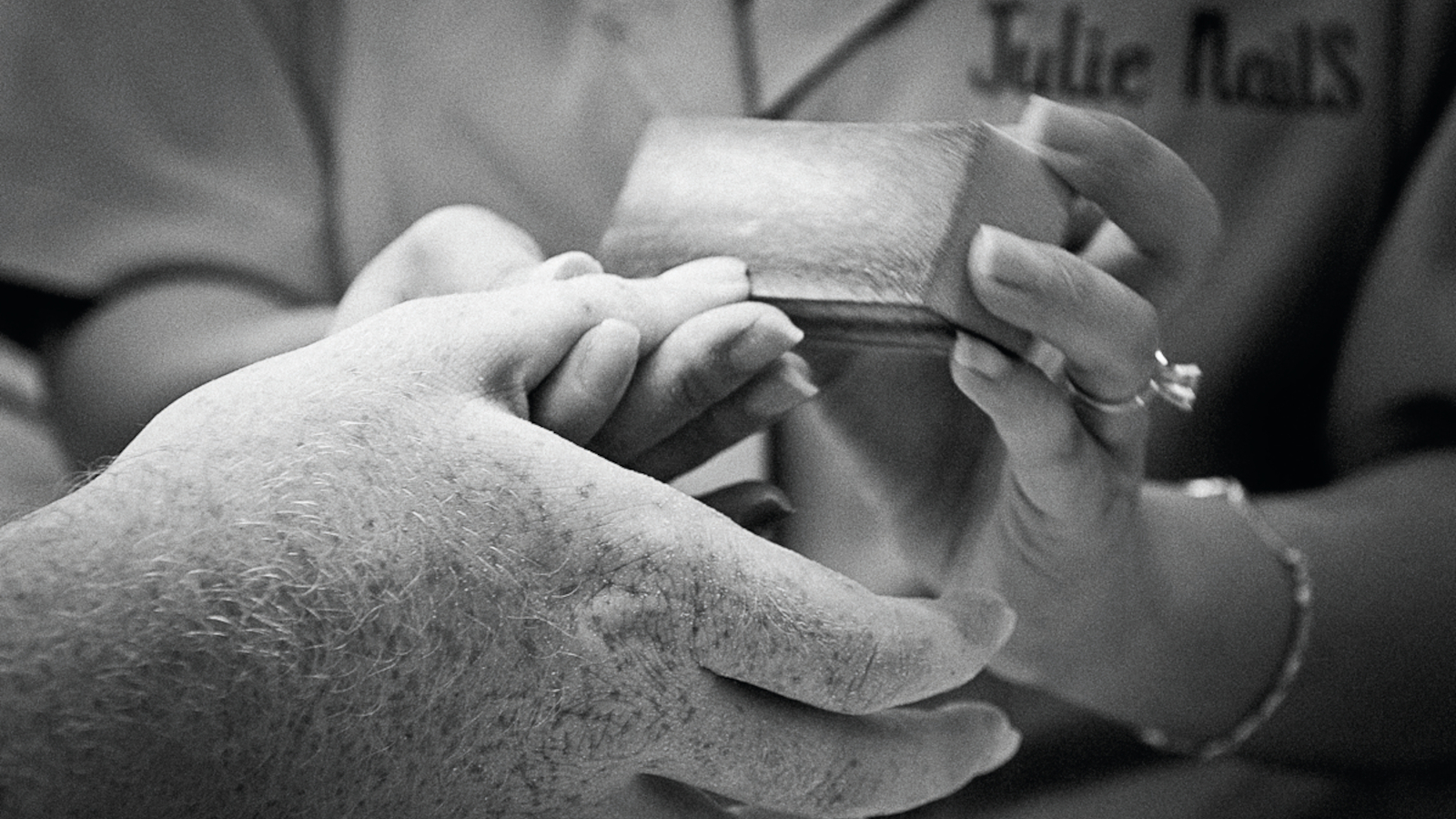The Acoustic Guitar Player’s Guide to Using Fake Nails
Once your nails are ready to roll, the power and flexibility of full fingerstyle will be literally at your fingertips

Fingernail maintenance is absolutely essential once all your digits are incorporated in the plucking-hand attack.
Since natural nails break easily and always seem to be there least when needed most – say, for a big gig – many acoustic guitar fingerstylists find help in the form of fake nails.
Here, we’ll explore these useful implements and how to maintain them, as well as look at some alternatives.
The Hard Truth
Playing steel strings aggressively night after night requires acrylic nails. They’re the most durable kind available and as hard as Plexiglas. Gel nails aren’t as tough, so if you’re going through the trouble to get fake nails, get acrylics.
Wielding acrylic nails is like having five picks attached to your fingertips, allowing you to play fingerstyle licks with an insanely powerful attack that is otherwise out of reach.
The downside is that acrylics are a major commitment. They should be applied by an experienced pro and need refurbishing every few weeks, or at the very longest every few months, which costs time and money.
Acrylic also has a bright sound, so you’ll need to keep your nails filed or you’ll notice significant tonal difference over time.
Press Your Advantage With Extensions and Glue
In this interview, fingerstyle maestro Peppino D’Agostino said the closure of nail salons during the COVID-19 pandemic forced him to order a do-it-yourself acrylic nail kit, only to make a mess of his fingertips.
Luckily, an “acrylic angel” came to his rescue, but not before he’d started researching backup options. As D’Agostino discovered, alternatives to acrylic nails do exist. Many kinds of non-salon options are available to reinforce and/or extend your natural nails.
For ages, guitarists have created fake nails using everything from cut-up ping-pong balls to layers of paper tissue glued together. While the latter solution looks kind of creepy, I’ve seen it work well.
Other players have had success using tried-and-true commercially available nail kits, like the venerable Lee Press On Nails.
More recently, online sites such as Guitar Player Nails and Tiptonic have sold kits designed specifically for guitar players, which offer oodles of shape and style options as well as all the requisite accessories.
James Taylor has his own method for creating nails, and his “Nails 101” instructional video is comprehensive.
Don't Forget to Backfill
The backfill is the area between the bottom of the fake nail and your natural nail. This area grows larger over time as your nail grows out. If it’s not properly maintained, the nail can get hooked on a string and even be torn off.
A new backfill can extend the life of the acrylics by several weeks. If that option isn’t convenient or affordable, you can file the edge off the bottom of the fake nail until it ramps down smoothly to the natural nail. Which brings us to the final point.
Learn File Management
Become fluent with a nail file and emery board. Put a good kit in your gig bag, and keep another at home. Watch how the experts trim the nail’s overall shape as well as streamline an edge from above and below, and from side to side. Block-style emery boards work well for this purpose.
Remember, your nails are now your picks. Study which shape, thickness and attack works best for your style, and use your preferred pick for comparison. The angle of the dangle, and therefore the attack, is of paramount importance.
Once your nails are ready to roll, the power and flexibility of full fingerstyle will be literally at your fingertips. Such a wonderful musical world is worth all the fuss.
Get The Pick Newsletter
All the latest guitar news, interviews, lessons, reviews, deals and more, direct to your inbox!
Jimmy Leslie has been Frets editor since 2016. See many Guitar Player- and Frets-related videos on his YouTube channel, and learn about his acoustic/electric rock group at spirithustler.com.
“Write for five minutes a day. I mean, who can’t manage that?” Mike Stern's top five guitar tips include one simple fix to help you develop your personal guitar style
"It’s like you’re making a statement. And you never know where it’ll lead." Pete Thorn shares the tip that convinced Joe Satriani he was the right guitarist for the SatchVai Band










